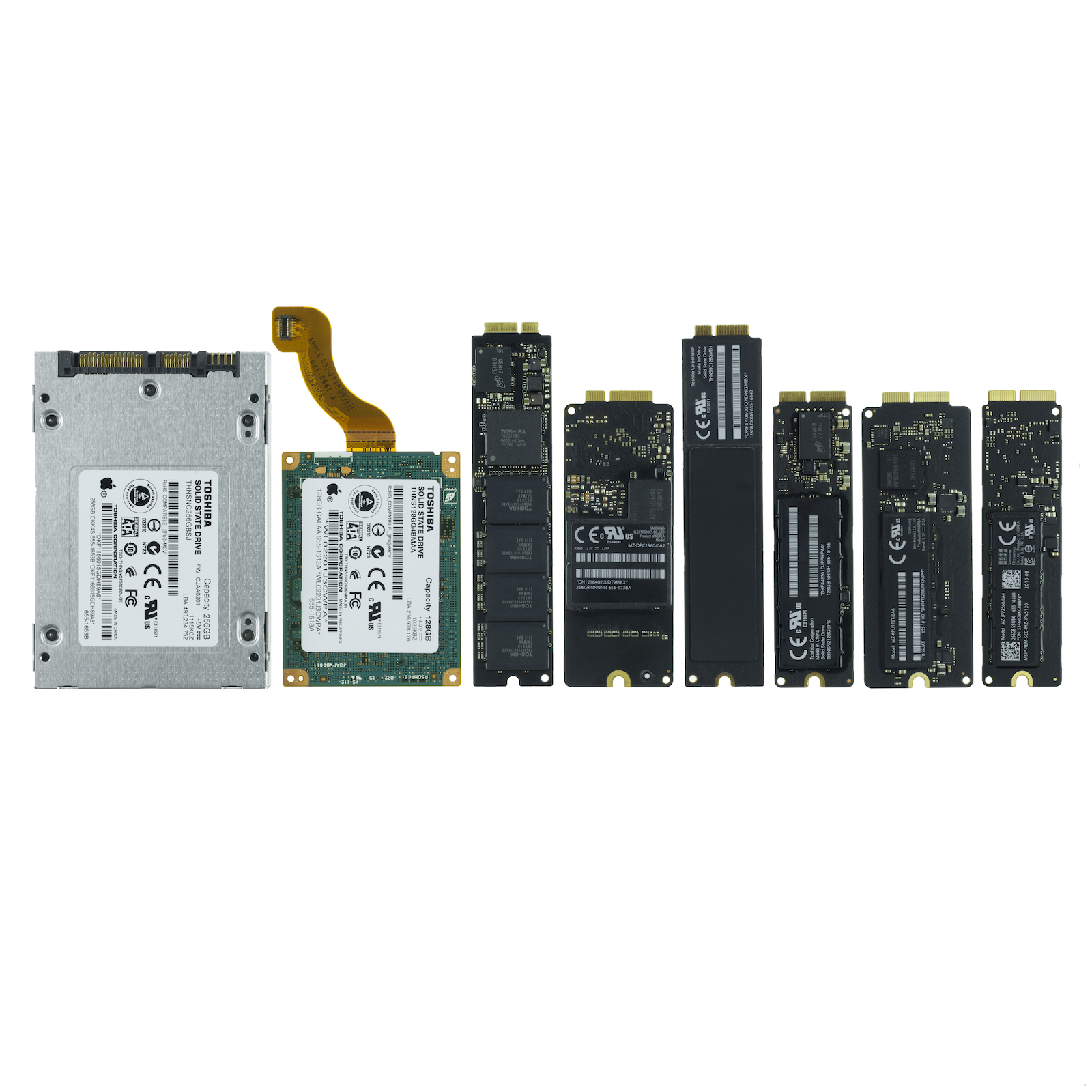

So if you have an SSD, being used as a boot and Apps drive, as most would do. But unfortunately, I lost about two months of data! Fortunately, it was warrantied and swapped by OWC for free. It was completely toast with no chance for data recovery.
#MACBOOK PRO 2012 SSD UPGRADE SLOW STARTUP MAC#
It would not boot, the Mac wouldn't boot if the drive was connected. When I say, "died" I mean, I left my MacPro on over night and the next morning it was hung and the disk was totally dead. I bought a 120GB OWC SSD and it died about two months later. Go to System Preferenences, set the startup drive, and you're done. The restore should take about three hours.ħ. Go back to the Utilities menu and select "Restore System From Backup," choosing your Time Machine backup. Format your SSD as HFS Extended (Journaled), 1 partition. Instead, go to the Utilites menu and select "Disk Utility."ĥ.

#MACBOOK PRO 2012 SSD UPGRADE SLOW STARTUP MAC OS#
When you get to the screen saying "Install Mac OS X," do not press the "Continue" button. Restart your computer and press and hold the 'C' key as soon as you hear the chimes until the Apple appears.Ĥ. Insert your system recovery/installation DVD in your optical drive. Open up the Mac (using instructions from ) and swap the two drives.ģ.

Log in as a user who does *not* have FileVault enabled and do a Time Machine backup.Ģ. Set the startup drive and you're done.įor those who want to use this procedure, which has the advantage of not requiring a $30 Universal HDD Adapter but has the disadvantage of not allowing you to test your SSD before you install, the steps are:ġ. Then open up the Mac (using instructions from ) and swap the two drives. You can then clone your hard drive to it with Carbon Copy Cloner, making sure you are logged in as a administrative user who does *not* have FileVault enabled. I'd suggest turning your brand-new SSD into a temporary external USB drive using a Universal HDD USB Adapter from Apricorn or NewerTech and format it as HFS Extended Journaled, 1 partition, with Disk Utility. Upgrading to a SSD is easy, if a bit expensive. This prevents a 30-second timeout before the boot starts. The fix is to go into System Preferences » Startup Disk and select your new solid-state drive. However, you may find that everything is faster except the boot from reset, with the initial Apple logo not appearing for about 30 seconds. If you've just upgraded from a disk drive to a solid-state disk, booting from reset should take about 15 seconds, logging in should take about 5 seconds, and applications should launch about three to five times faster.


 0 kommentar(er)
0 kommentar(er)
